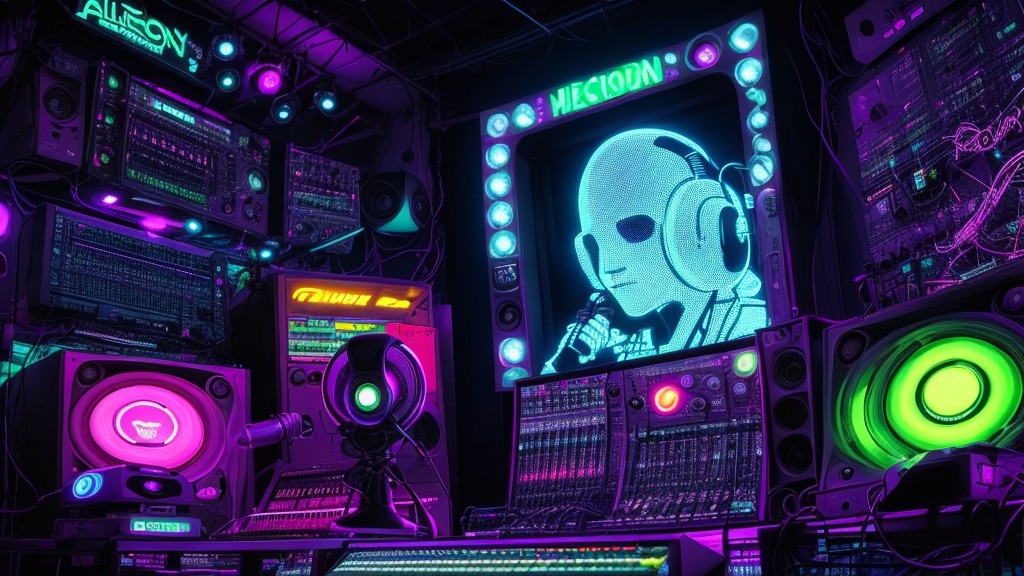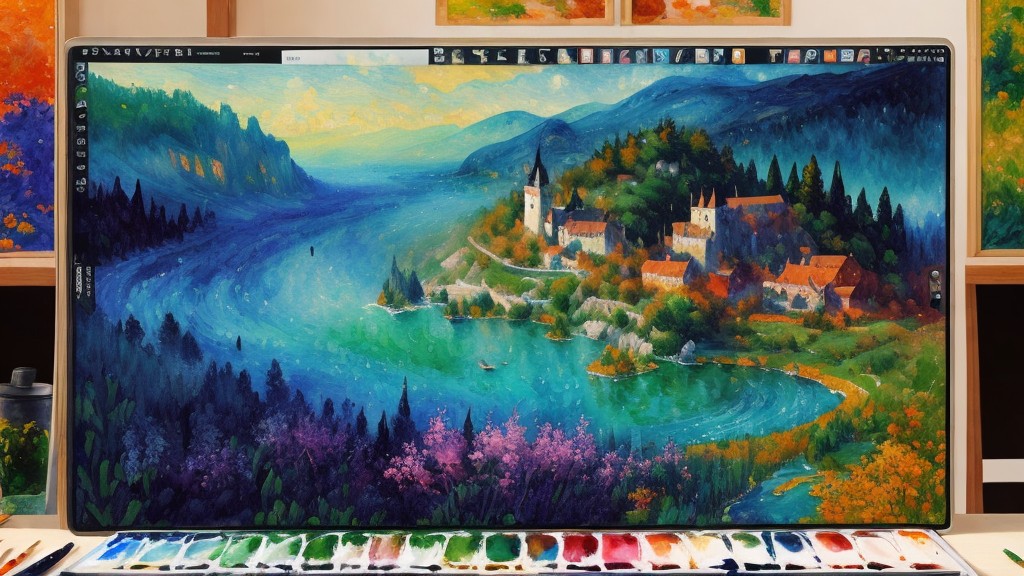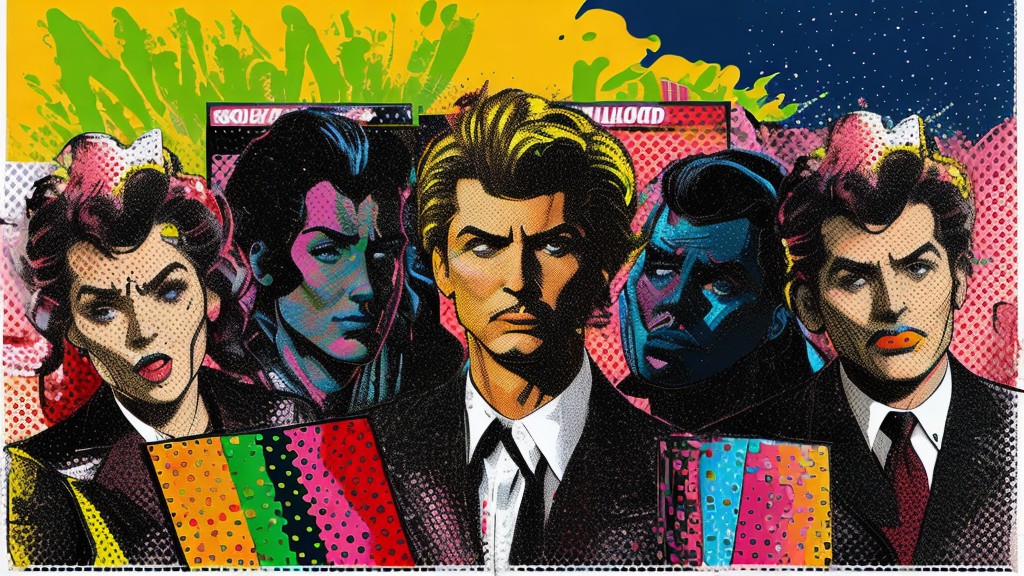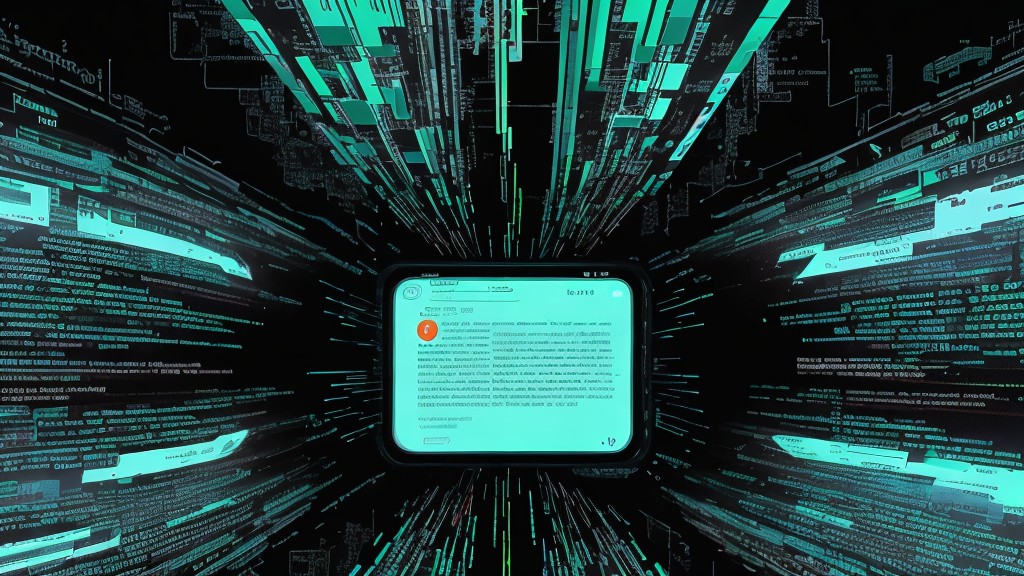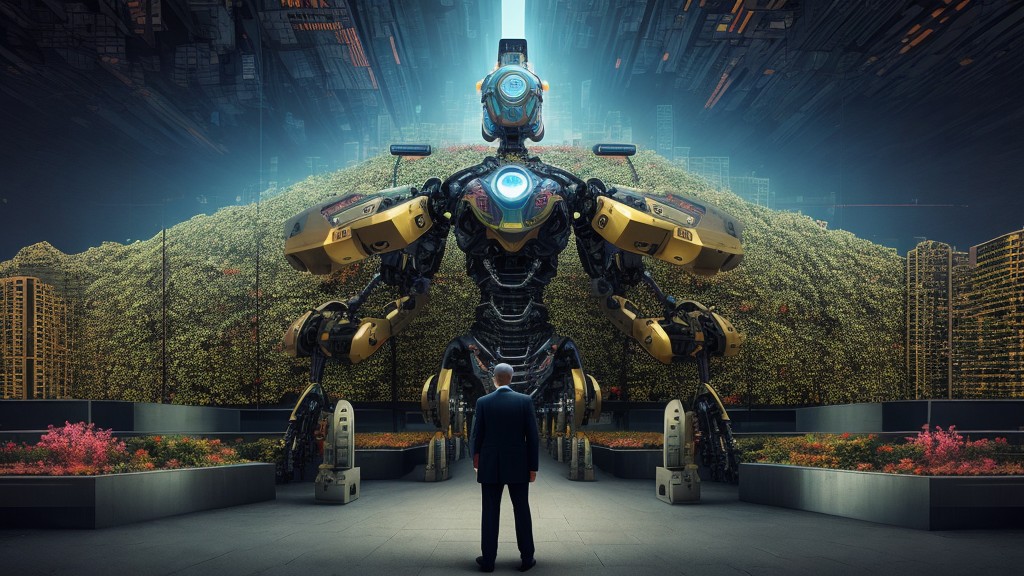
AI in Finance: Is the Call for Regulation Justified? Exploring SEC Chair, Gary Gensler’s Viewpoints

AI in Finance: Is the Call for Regulation Justified? Exploring SEC Chair, Gary Gensler’s Viewpoints
The transformative power of artificial intelligence (AI) has been at the forefront of many industries, and finance is no exception. In a recent speech, Gary Gensler, Chair of the Securities and Exchange Commission (SEC), urged for a regulatory overhaul on AI due to the potential increase in financial instability it could cause. But what might tighter regulation on AI in finance mean for the industry?
AI, a Double-Edged Sword
Gensler believes AI could be as transformative as the internet itself, affecting various facets of our economy. In the finance sector, AI’s influence has been beneficial through robo advising, improving fraud detection, and enhancing claims processing3. However, Gensler also holds the view that these AI applications might not always act in the best interest of the investor.
According to Gensler, the widespread adoption of AI could potentially heighten financial fragility. For example, individual actors making similar financial decisions based on AI predictions could amplify market risks. He further cautioned that the crisis of 2027 or 2034 could be hidden somewhere within predictive data analytics.
The Role of AI-Specific Regulations
Despite the outlined risks, Gensler does not believe in AI-specific regulations. Instead, he stresses the importance of the neutrality of algorithms, emphasizing that they should not put a platform or business revenue ahead of fiduciary duty.
On the other hand, Gensler urges the need to update current model risk management guidelines formulated before the advent of advanced data analytics. Ensuring that these guidelines effectively address the challenges posed by AI in finance is seen as paramount to safeguard the global financial system’s stability.
Navigating Conflicts of Interest
With AI’s increasing integration into financial advisory and brokerage services, potential conflicts of interest arise. Gensler highlighted the necessity to ensure fair market access and avoid creating a dominant position for certain players.
Notably, the SEC aims to leverage AI within its own investigative and enforcement efforts, which could enhance its capabilities in monitoring market activities. However, the SEC must carefully navigate this terrain to ensure that its use of AI aligns with its mission to foster competition, transparency, and fair market access.
Toward a Balanced Approach
The question isn’t whether AI will change finance—it already has. But as this evolution continues, the industry must balance the benefits and risks that AI presents.
It’s clear that regulatory measures should not stifle innovation. The goal, as Gensler suggests, is to harness the benefits of AI while mitigating potential risks. Only time will tell how this call for regulation is received and what impact it may have on the financial industry.
How do you think tighter regulation on AI in finance might affect the industry? Let’s spark a discussion on this pivotal moment in financial history. Your thoughts and insights are valuable contributions to this ongoing conversation.

